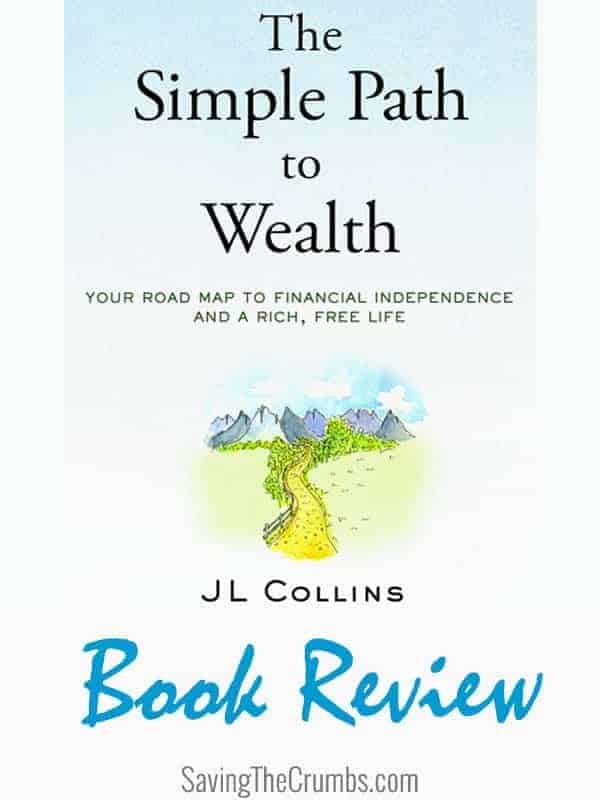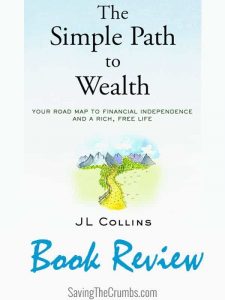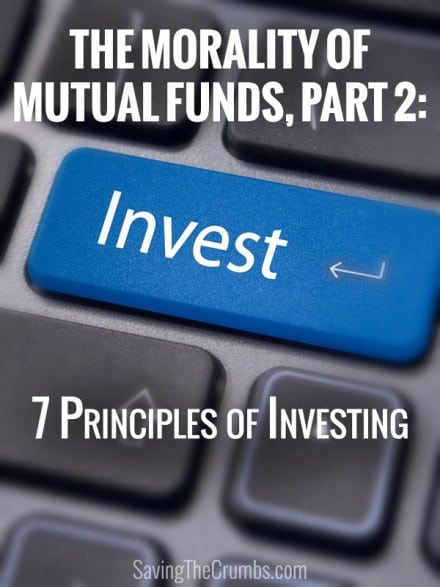Imagine a book that can teach you everything you need to know about investing in one afternoon. Now suppose that the book is insightful, well researched, filled with wit and humor, and can help you achieve better investing results than over 80% of professional investors. You’d think that it’s either too good to be true or I was trying to con you, right?
I’m not pulling your leg and I’m not getting paid to say this, but The Simple Path to Wealth is that book.
If you’re curious about investing but have no clue where to start, this is the book for you. If you have an intermediate level of understanding about investing, this book will help clarify and crystalize the key principles. If you’re an advanced investor who’s into active management, stock picking, day trading, alternative assets, and the like—this book will show why all that stuff is a loser’s game.
Meet Uncle Jim
Since there already is a famous business author named Jim Collins, the author of this book goes by JL Collins to avoid confusion. Nevertheless, I still affectionately think of him as Uncle Jim. And just as you would expect from a sage uncle with a wealth of life experience, JL invites you to pull up a seat alongside him as he regales you with insightful stories that casually yet effectively ingrain the deep principles that belie the title of this book. In fact, his Stock Series and in turn this book, were prompted out of his desire to instruct his own daughter in what to do with her money, so in a sense we really are getting to listen in on a fireside chat with Uncle Jim.
JL doesn’t belabor his qualifications for writing about how to invest your money, but he’s done it and he’s been successful at it for the last 40 or so years. Unlike some of us young whippersnappers who can quote stats and hypothesize on theories about the ups and downs of the markets, he’s lived through it and is now subsisting successfully on the investment principles that he’s passing down in this book.
The Heart of the Simple Path
The substance of this book doesn’t simply deal with the mechanics and technicalities of investing, but it has a niggling way of addressing the true heart of the issue, our personal behavior.
“Suck it up, buttercup,” is a refrain you may find directed at you on more than one occasion. And usually, it is in reference to some glaring lack of self-control or self-discipline that is preventing you from making it down the simple path to wealth.
The Content
The book launches off by giving the usual context regarding the author as well as the subject matter. It provides a helpful perspective of money, cutting through the noise of society’s narrative about wealth. JL does an especially good job explaining how the stock market works, why the ups and downs, and what to do when they occur.
The main body of the book addresses the practical aspects of investing. He explains complex topics in a very simple way and demystifies questions you’ve probably had about investing but may not have even known to ask. Here’s my quick list of some of the key ones that jumped out at me:
- What is the most secure (NOT necessarily smoothest) investment over the long-term?
- Will the market crash again? If so, how to know when?
- What to do when the market crashes?
- How do I not lose money in the stock market?
- If I can only own one investment, what should it be?
- Should I hire a financial advisor? What are the pros and cons?
- How do my investments affect my taxes?
- How to make sense of all the different tax-advantaged retirement accounts?
- Once I’m done accumulating wealth and want to live on it, what are the steps to practically do that?
- What about social security? Should I factor that into my retirement needs?
- If I just want to save for a secure retirement but have no interest in become an expert, what should I do to ensure I accomplish this while not get duped by the sharks?
By the end of this book, you should have a grasp of the essential ingredients to investing and also understand very clearly the steps of how to get started. For some, it may be as simple as one step. (Seriously!) Without spoiling it too much, it all hinges around index funds.
The Quibbles
JL requested an honest review, so I will share a few of my quibbles. They aren’t major and don’t detract from the overall value of the book, but there are just a few things I thought worth mentioning.
- Throughout the book, JL uses 11.9% investment returns for his examples and he explains that this was the average rate of return of the stock market during the 40 years or so that he has been in the market (1975-2015). He provides a link to the calculator he used to determine this annualized return figure, and you can see that he’s not lying. I’ve gone on record as using 8% as my benchmark for healthy returns, and have gotten quite a few derisive comments about how that’s simply impossible to attain, but JL’s percentage makes my number look timid. While I fully understand why he uses that number and he has logical reasons to do so, I do think however that it is definitely on the high side of estimates for the stock market. I’m not sure I would be comfortable using such optimistic numbers for examples projecting into the future. I think using more conservative numbers can help temper expectations for readers—whereas no one would complain if their returns exceeded the examples used.
- His advice for paying down debt involves paying them off in order of highest interest rate loans to lowest. I personally prefer paying them off in order of smallest balance to largest for the psychological momentum it gives to stick with it. This is one instance where he believes that we buttercups should suck it up and adjust our behavior to fit the math. And on the basis of which method saves more money, he’s certainly got the upper hand. I’ve got no qualms with someone with the gumption to stick with JL’s approach, but I also believe that JL would agree that the technicalities of the method are less vital than the simple act of actually getting out of debt.
- For some more sensitive readers, you would want to beware of some occasional strong language interspersed throughout the book.
The Conclusion
This is not only an investment book that’s got great content and is well written, but it’s actually FUN to read. Hard to believe, I know. It’s smart and dripping with practical wisdom. It is remarkably comprehensive in the ground it covers, cutting out all the fluff that isn’t necessary for most lay-investors while keeping it at a very manageable length. It also undergirds a philosophy that is very much in harmony with the Crumb Saver way. In fact, our personal investing practice is largely in line with what’s presented in this book.
There are lots of investment books out there with all sorts of conflicting perspectives—so many, in fact, that just figuring out which one to believe requires even more books! But if you don’t know where to start or you just want something simple to help you lay a strong foundation, I would highly recommend this one.
This book is available on Amazon now! If you purchase the book through our affiliate link here, this blog gets a small kickback from Amazon (not JL Collins). The Simple Path to Wealth by JL Collins.







